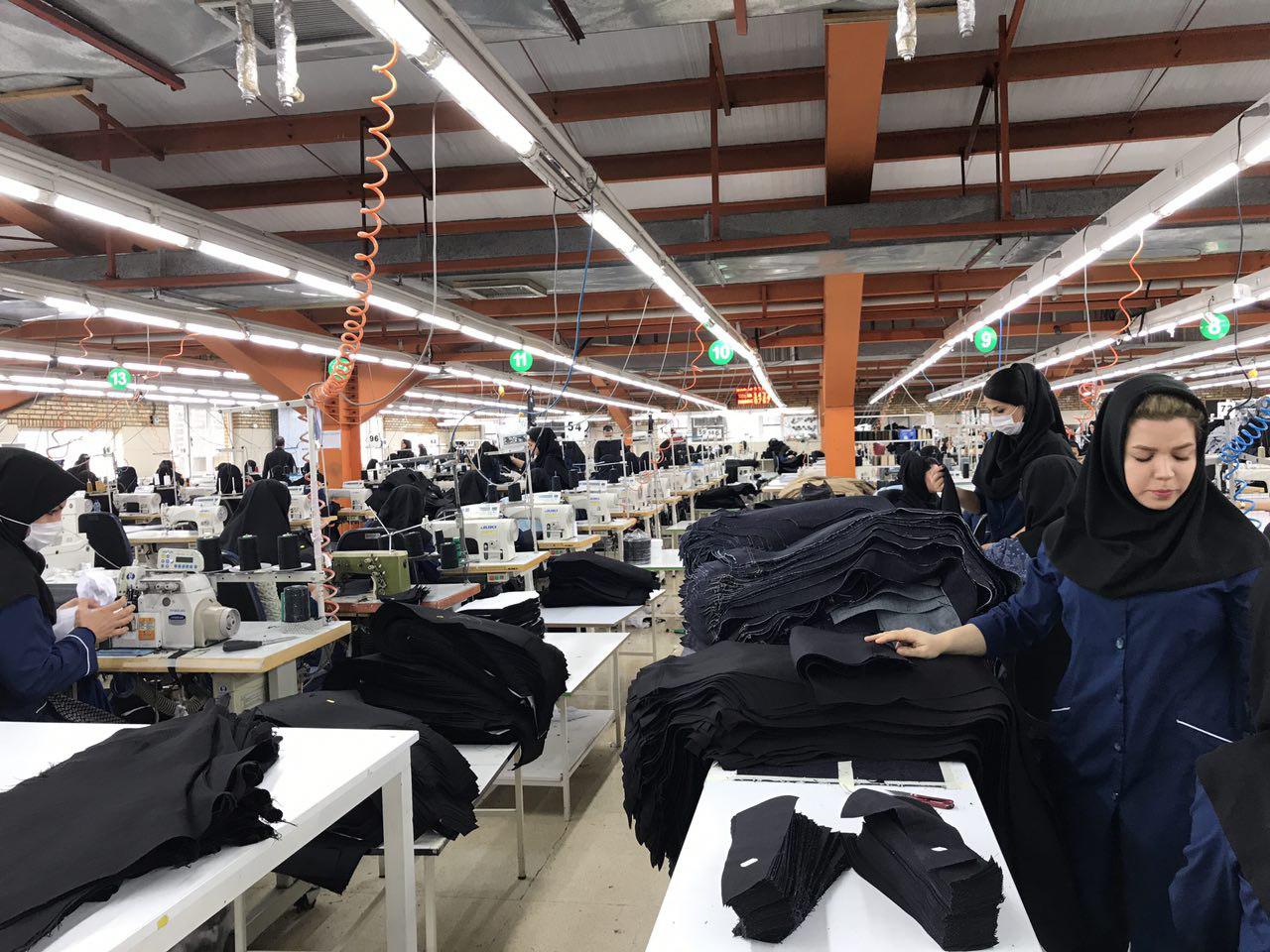Iranian women’s participation rate in labor force is one of the lowest compared to many other countries and that is to blame for Iran’s overall low participation rates in the world.
In 2014, only six countries, namely Palestine (Gaza Strip and the West Bank), Jordan, Iraq, Syria, Algeria and Afghanistan, had lower women participation rates than Iran.
According to a recent report published by the research arm of the Iranian Parliament published on Dec. 20, men and women labor force participation rates in the fiscal 2005-6 were 65% and 20%, respectively.
In 2016-17, 64% of men and 14.9% of women participated in the labor force. Despite their low participation rates, the percentage of unemployed women was higher than that of men.
The parliamentary report also sheds light on other major challenges facing the country’s labor market.
Iran’s economic performance during 2005-14 was affected by the absence of jobs and that coincided with an increase in the population of young people. Those aged between 15 and 34 constituted more than 40% of the population in those years—an unprecedented proportion suggesting a growing need to create more jobs not only for years to come, but also to compensate for some of the shortcomings of past policies.
As the median age of employed population grows, an increasing share of the population will reach the retirement age. And that raises questions about the financial viability of pension funds, which are already in distress.
Nearly all of the 18 pension funds operating in Iran are troubled. Years of recession and mismanagement have eroded their investment returns, while their pension payments have climbed due to inflation and the growing number of pensioners.
Official data also show part-time employment rates during 2005-16 ranged from 6% to 10.3%. The interesting point is that the difference between part-time employment of women living in urban and rural areas is minimal whereas rural men are by far more engaged in part-time jobs than their urban counterparts.
Moreover, part-time employment is higher among the youth than in other age groups.
Unemployment rates are markedly different and alarmingly high among young people, women and educated women, particularly in western provinces. In some of these provinces, youth unemployment rates range from 50% to 63% and educated women’s unemployment rates in the same provinces fluctuate between 63% and 78%.
The report also looks at estimations of disguised unemployment in Iran. Disguised unemployment exists where a segment of the labor force is either without work or is working in a redundant manner where worker productivity is essentially zero. It is unemployment that does not affect the aggregate output.
An economy demonstrates disguised unemployment when productivity is low and too many workers are filling too few jobs. Iran’s disguised unemployment in 2016-17 was estimated to hover around 22.5%, nearly 10% more than the official unemployment rate.
Out of 3.2 million jobless people in 2016-17, more than 1.3 million or 42% of the unemployed population held university degrees. This comes as only 24% of jobholders in the same year were university graduates. This is a clear indication of imbalance between supply and demand for the educated workforce.
There is also a huge mismatch between the level of education and available jobs, which has resulted in the unemployment of educated workforce, particularly among women. In 2005-06, 22% of employed women held university degrees, which figure rose to 41% in 2016-17. On the other hand, the share of degree holders in unemployed population rose to 72% in 2016-17 from 36% in 2005-06.


